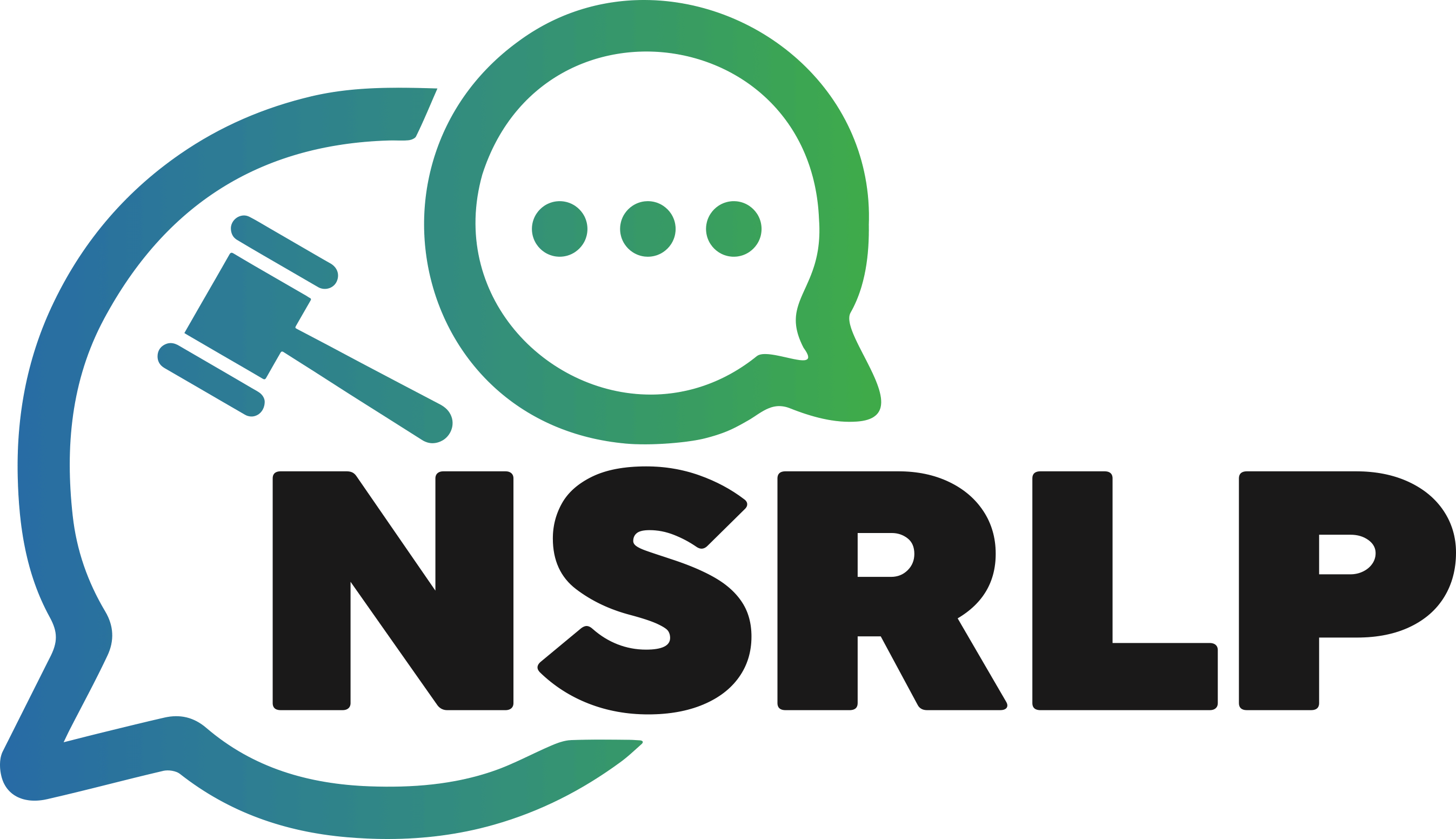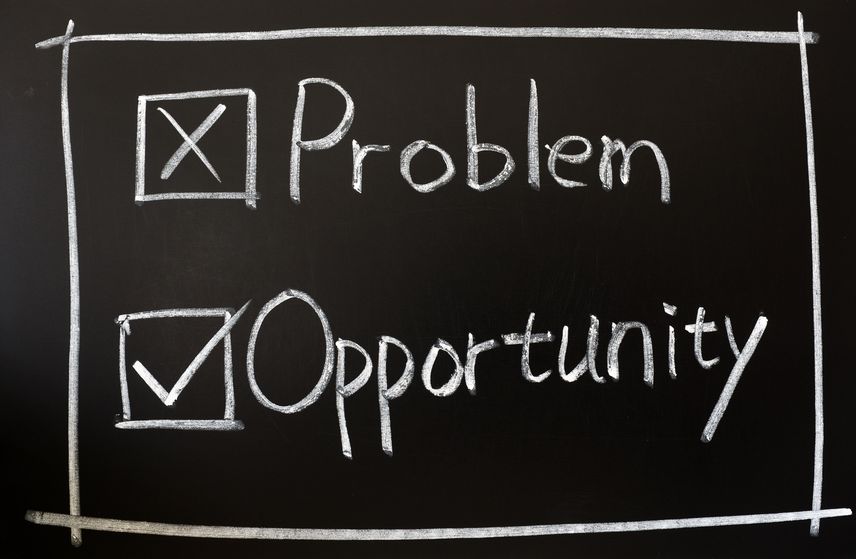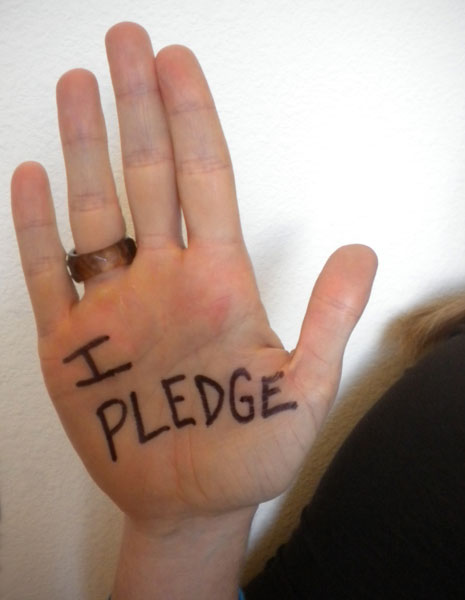We have been thinking back to the end-of-year 2013 at the NSRLP this week.
Our December 2013 newsletter featured reports from the National Action Committee on Access to Justice roadshows, where we had been agitating for months to include a SRL. We had just announced that the Canadian SRL Study would be duplicated in the United States by a team at IAALS at the University of Denver. In my blog, I was writing about our emerging ideas about legal coaching.
Then on December 8 2013, we published “Fire in the Hole” when I took off the gloves and talked about the resistance and even hostility that I was experiencing from some audiences when talking about the need for change in the face of the SRL phenomenon (and many other factors reducing access to justice in Canada).
“Fire in the Hole” went viral – it was to be our most extensively read and circulated blog to date.
Exactly 12 months on from “Fire in the Hole”, there feels like a lot of change yet to happen in raising legal, public and political consciousness about the access to justice crisis in Canada – but there are signs that we are heading in the right direction.
I want to celebrate three of these hopeful signs here.
- Leaving the plastic raincoat at home
A year ago, before presentations to legal audiences, we used to joke at NSRLP – with some good reason – whether I would need to wear plastic over my clothing to protect me from the metaphorical rotten fruit and vegetables that might be chucked at me. It was beginning to seriously wear me down. Then some important supporters (thank you) encouraged me to talk openly about this – hence “Fire in the Hole”.
I still encounter disagreeable and defensive audience members, but the level of push-back does feel quite different now to a year ago. More people in the legal community are now prepared to stand up and openly recognize the problems we face. There is still finger-pointing, but a growing recognition see Rob Harvie’s terrific blog last week: Checking Our Egos and Accepting Our Part is Fundamental to Restoring Public Trust in the Justice System, that each stakeholder in the justice system – lawyers, judges, policymakers, SRLs, regulators, academics – is a part of the problem, and that we must all be part of the solution.
While we may not all be at the same table yet (see (2) below), at least we are beginning to gather in the same room.
- Bringing SRLs into the conversation
12 months ago we were forced to declare our efforts to include SRLs in the so-called “Cromwell Roadshows” a miserable failure – we achieved just one SRL at one roadshow event (she was highly articulate and very well received, but she was also alone). One year later, NSRLP is fielding multiple requests from justice ministries and public legal services (albeit most of them from BC where the appetite for public consultation seems more robust?) for SRLs to work with them on projects including policy groups, user testing for new resources, and research projects that solicit the direct experiences and views of SRLs.
While there is still sometimes that sharp intake of breath when I propose that I bring a SRL with me when invited to speak at a professional conference, few argue with this suggestion any longer.
I received a message two days ago from a lawyer working in a policy group that includes SRLs who are helping to review and “road test” new on-line resources. She described the SRL members as “valued and valuable participants”. That is exactly what we are aiming for, and it is beginning to happen. And kudos to reformers in BC, let’s see the rest of the country get on board with this in 2015.
- Demonstrating that the public does really care about A2J
A constant refrain throughout the last three years I have been working on this issue that has truly mystified me is that the public are “not interested” in A2J. Mystified because I know from our every day traffic at the NSRLP that this is just not true.
There are weeks at the NSRLP (the last two are an example) when we are underwater with calls from SRLs who have just seen or heard new media reports. As a basically two-person operation (with part-time and volunteer help), and with our focus on working on the A2J issue at a national and systemic level via collaborative dialogues, research, and resource development, we can offer these individuals so little. The need for local Access to Justice Centres (as the Cromwell Report proposed) that provide SRLs with counseling support, procedural advice and navigation, and triage to emerging local resources, legal and non-legal, is obvious and the need is overwhelming.
Like so many issues that burst into public consciousness, going to court without counsel is becoming an experience that many if not most Canadians can relate to either personally, or because (as every journalist who interviews me, every neighbor I meet in the grocery store, tells me) they know someone else who has been forced to represent themself in court.
The notion that the public does not really care about A2J is still sometimes used as an excuse for not doing much – and not talking to them about it – but it is looking increasingly implausible. When the Toronto Star run stories about self-represented litigants, they get overwhelmed with reader on-line comments. When the CBC Cross Country Checkup runs a call-in show on A2J, they get inundated with calls. And when Chief Justice Beverly McLachlin, who has spoken constantly about A2J issues, is ranked #4 in Macleans 50 most important people in Canada, A2J matters. If in 2015, we can bring this issue to the political agenda, it will be because it is driven forward by how much the public cares about A2J.
If this much can be achieved by the efforts of many hardworking and dedicated A2J advocates in 2014 – a good deal of it by the small NSRLP team, especially the extraordinary Sue Rice, Project Manager, as well as our hardworking project research assistants and volunteers (mostly former and current SRLs), and my fantastic Advisory Board who have ridden out a few storms with me this year – let’s set our sights even higher for 2015.












Awesome article Julie…keep it up!
Kudos all around for sure! Short of attending protest rallies, the online connective tools we’ve been given (thank you Steve + Bill + thousands others) are at long last allowing individuals from across our Nation to participate and be heard. Let’s keep poking at our systems until we can truly say: Democracy is alive and stands for what it defines!’ “let’s set our sights even higher for 2015.” I agree.
But we must NOT forget the Rules! My opinion is there are FAR too many holes in the Rules. Not enough ‘Civil’ in the Procedure; too much room for subjectivity.
Any badly framed house, needs fixing from its foundation up.
Thank you for looking for ways to help SLR’s, believe me nobody else will!!! The quest to find procedural information to file motions, prepare for pretrials is non-existent in Ontario. I spent $20000 and now am forced to represent myself. Lawyers have priced themselves out of reach for the regular working class, and are now very insulted that they must deal with us. I have probably saved myself another $20000 in the last 6 months alone, but trying to get legal procedure help is like entering a cult.